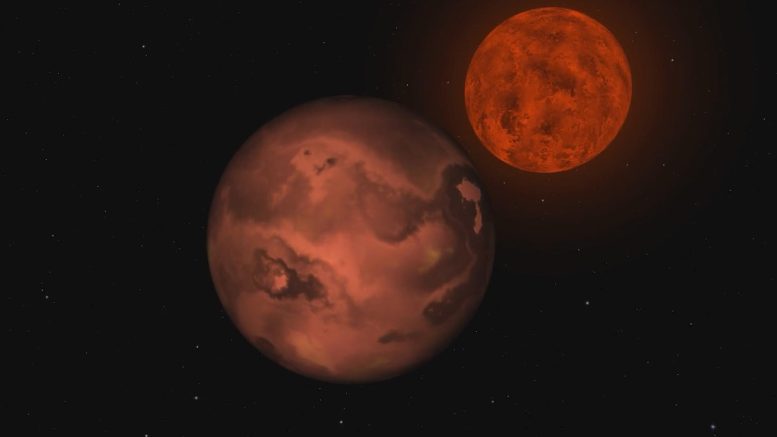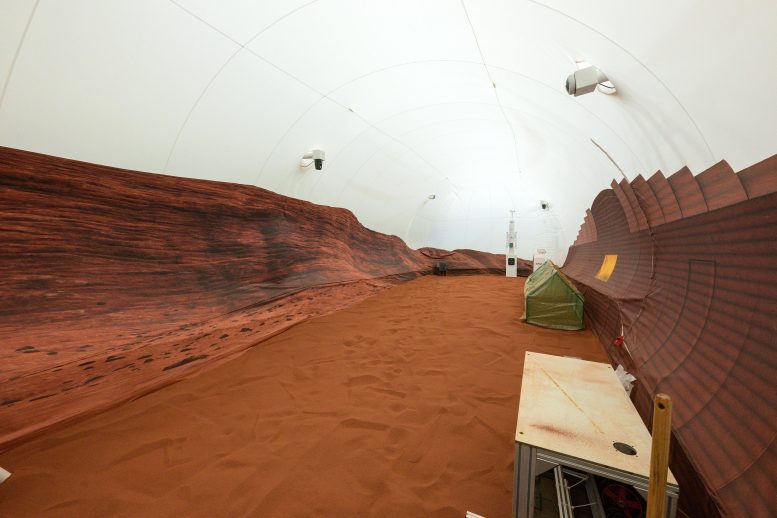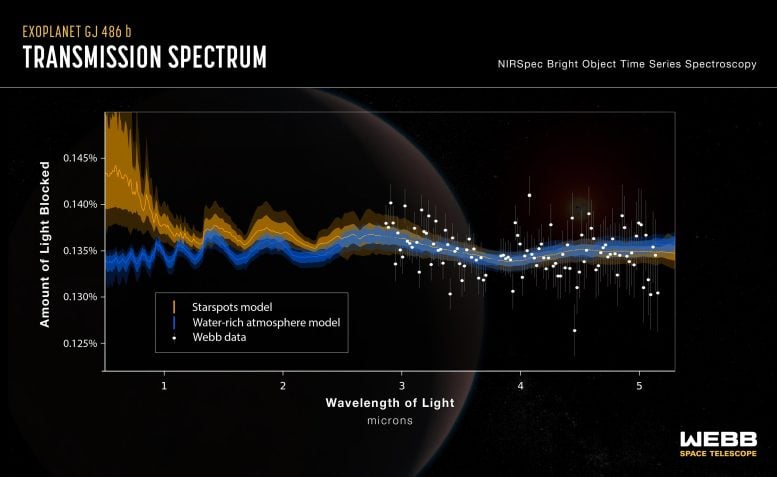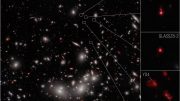
GJ 486 b is about 30% larger than the Earth and three times as massive, which means it is a rocky world with stronger gravity than Earth. It orbits a red dwarf star in just under 1.5 Earth days. It is too close to its star to be within the habitable zone, with a surface temperature of about 800 degrees Fahrenheit. And yet, Webb observations show hints of water vapor. Credit: NASA
Another partner for space exploration …
A Mars experience right here on Earth …
And a promising find outside our solar system …
A few of the stories to tell you about – This Week at NASA!
Another Nation Signs Up for Exploration Cooperation
On May 3, the Czech Republic became the 24th country to sign the Artemis Accords. NASA Administrator Bill Nelson and the Czech Republic’s foreign minister, Jan Lipavský, participated in the signing ceremony at NASA Headquarters. The Artemis Accords establish a practical set of principles to guide space exploration cooperation among nations, including those participating in NASA’s Artemis program.

NASA’s simulated Mars habitat includes a 1,200-square-foot sandbox with red sand to simulate the Martian landscape. The area will be used to conduct simulated spacewalks or “Marswalks” during the analog missions. Credits: NASA
3D-Printed Mars Habitat Ready for Crew
NASA’s Crew Health and Performance Exploration Analog, or CHAPEA habitat is complete and ready for crew members. The 3D-printed habitat, at NASA’s Johnson Space Center, was built to provide a Mars-like environment here on Earth. This summer, several volunteers will start a yearlong analog mission to help us prepare for future human exploration of Mars. Learn more about analog missions at nasa.gov/analogs.

This graphic shows the transmission spectrum obtained by Webb observations of rocky exoplanet GJ 486 b. The science team’s analysis shows hints of water vapor; however, computer models show that the signal could be from a water-rich planetary atmosphere (indicated by the blue line) or from starspots from the red dwarf host star (indicated by the yellow line). Credit: NASA, ESA, CSA, Joseph Olmsted (STScI), Sarah E. Moran (University of Arizona), Kevin B. Stevenson (APL), Ryan MacDonald (University of Michigan), Jacob A. Lustig-Yaeger (APL)
Webb Finds Water Vapor Outside Our Solar System
NASA’s James Webb Space Telescope detected hints of water vapor while observing GJ 486 b, an extremely hot rocky exoplanet that is too close to its star to potentially have liquid water. But astronomers don’t know yet if the water vapor is associated with the planet or its sun. If it is the former, that would indicate the planet has an atmosphere. To date, there has been no definite detection of an atmosphere around a rocky planet outside our solar system.
All monster black holes are not equal. Watch this video to see how they compare to each other and to our solar system. The black holes shown, which range from 100,000 to more than 60 billion times our Sun’s mass, are scaled according to the sizes of their shadows – a circular zone about twice the size of their event horizons. Only one of these colossal objects resides in our own galaxy, and it lies 26,000 light-years away. Smaller black holes are shown in bluish colors because their gas is expected to be hotter than that orbiting larger ones. Scientists think all of these objects shine most intensely in ultraviolet light.
NASA Celebrates Black Hole Week
We celebrated Black Hole Week with new animations, educational resources, and other fun and informative material about black holes and their significance in the field of astrophysics. A black hole is an astronomical object with such a strong gravitational pull that not even light can escape from it. Learn more at nasa.gov/black-holes.
That’s what’s up this week @NASA!









Be the first to comment on "This Week @NASA: New Space Exploration Partner, Mars Experience on Earth, Black Hole Week"